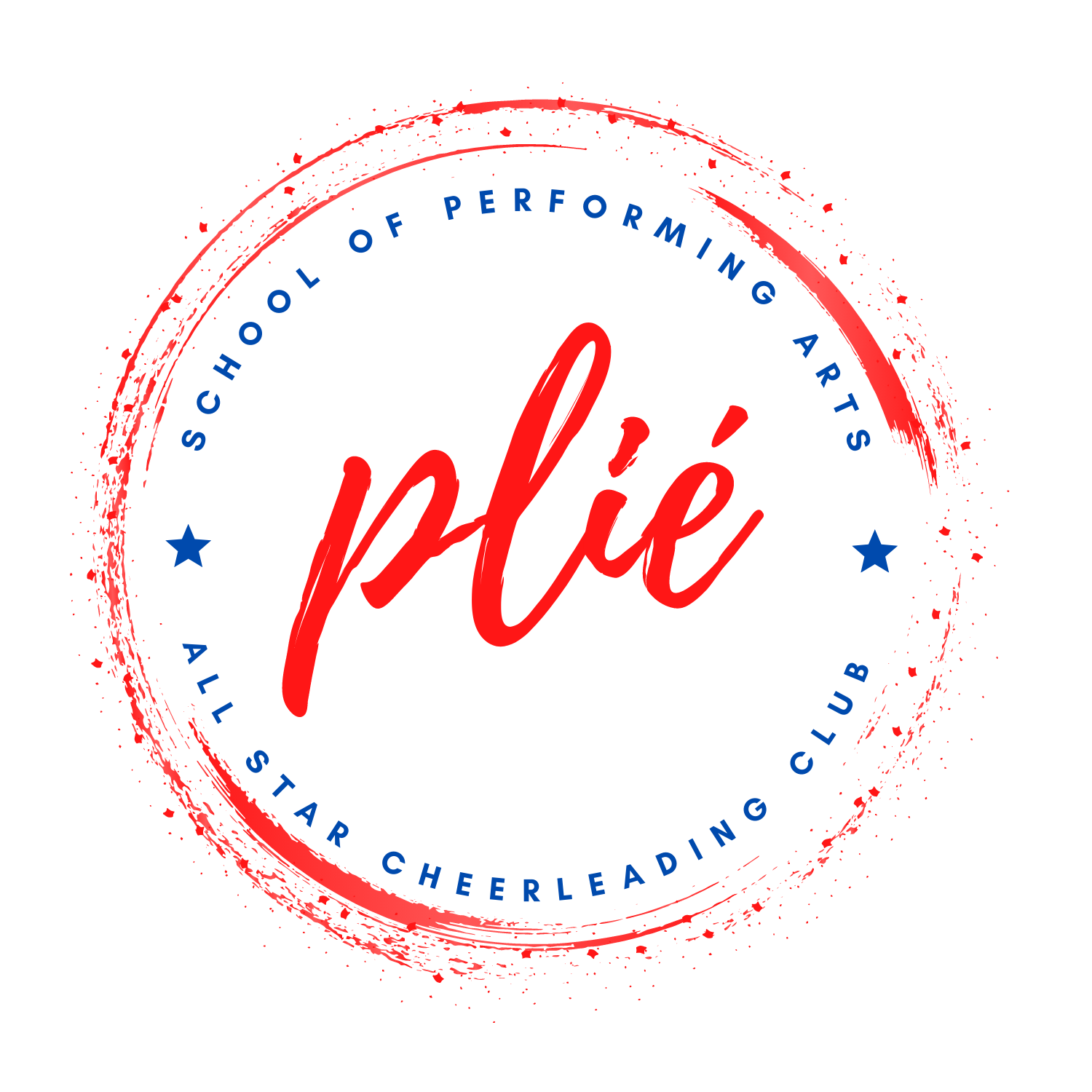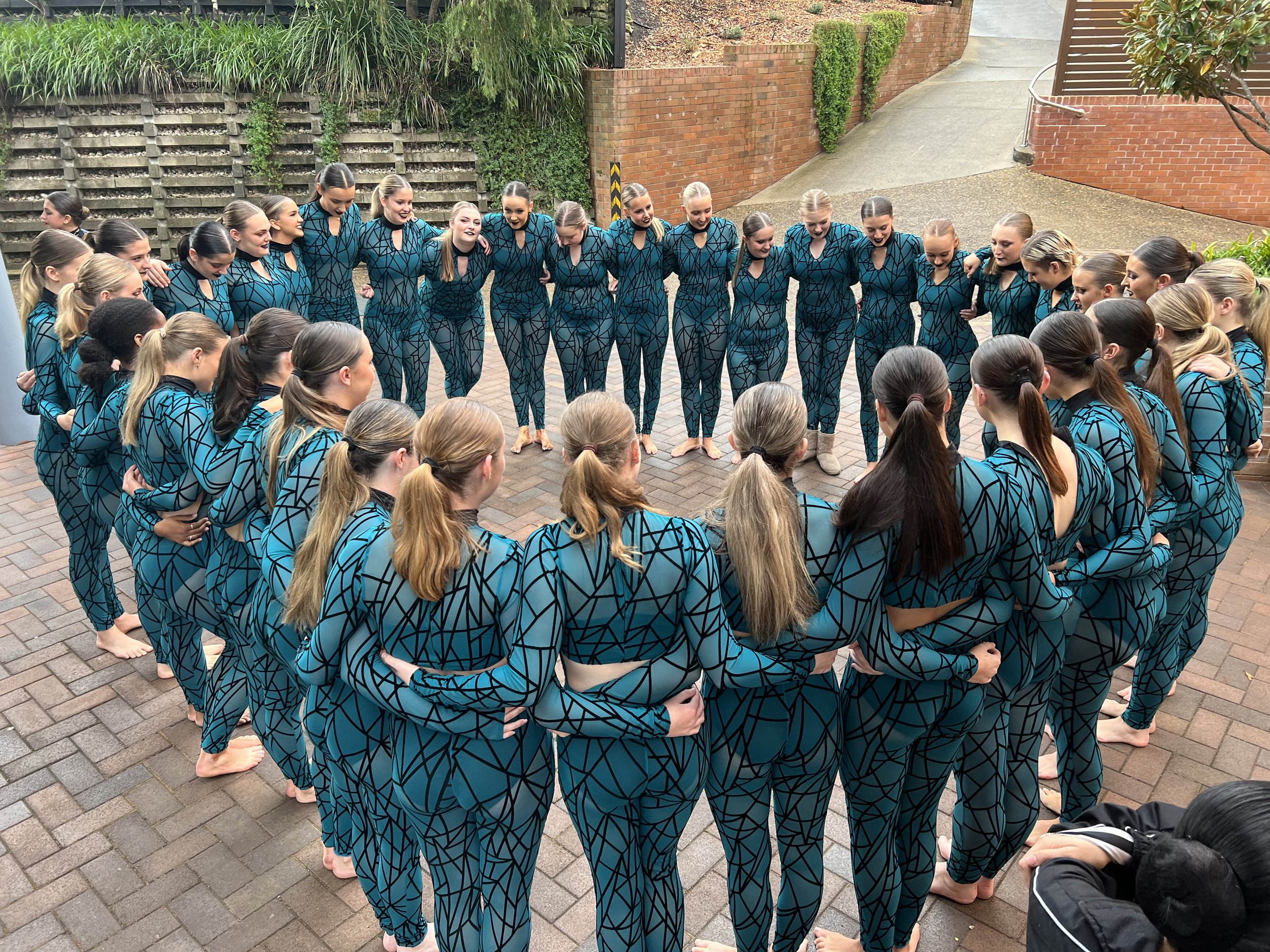Plié Groove'n'Shuffle
School of Performing ArtS & All Star Cheerleading Club
Exams
At Plié we offer keen & dedicated students the opportunity to sit for their Cecchetti ballet exam.
Selection for exams is done via invitation from the class teacher once they feel the student is confident with their knowledge of the syllabus & competent in all the technical & performance areas expected by an examiner.
To be considered for an exam, the following pre-requisites are necessary as set out in syllabus guidelines...
Cecchetti
Pre Primary- one class per week for 4 full terms
Primary- one class per week for 4 full terms
Grades 1-5- two classes per week for 4 full terms
Grades 6 + -three classes per week for 4 full terms
It is also expected that exam candidates will attend an exam workshop & piano rehearsal in the lead up to the exam. Private lessons are optional to those interested.
Exams & assessments are not compulsory but are a great way for the students to obtain a certificate for all the hard work they have put in all year, for something to strive towards, and as a critique of what they should work towards improving & recognition of what have done succeeded in.
Our exams days really encourage a sense of occasion for all our dancers, where they are supported by their teachers for an enjoyable experience to celebrate their achievements in ballet.
Support /coaching available @ Plié
• Weekly classes
• Private tuition
• Exam Workshops
• Strength/ Conditioning classes
• Repertoire classes
• Adv Ballet Coaching
• Teacher Training/Mentoring
Eisteddfods
Plié have been competing in eisteddfods & competitions for the past twenty-six years at an extremely high level. Keen & dedicated students have the opportunity to be invited to join one of our many eisteddfod teams. We have teams competing in jazz, tap, hip hop, lyrical, contemporary, musical theatre & song & dance. Our age groups are 6/u, 8/u, 10/u, 12/u, 14/u, 16/u & Open Age.
We prefer the invitation method as opposed to the audition method, which can be disheartening & stressful for some children. We feel that a better reflection of a child's ability is via assessment from their class teacher who sees them every week in class, and knows their strengths & talents, rather than a one-off audition where nerves can sometimes take over!
Although we encourage our teams to work hard & be committed, we do this while still having FUN! We are proud of the kids no matter what- they always do their personal best and get up on stage and have a great time- that is what performing is all about! Our teams have won countless places at eisteddfods over the past twenty years- happy & positive kids equal great results!!
Our eisteddfod season usually runs from May to August each year. We compete in Extreme Dance Competition, The Ultimate Troupes Challenge & the Sydney Eisteddfod.
What is the difference between Cecchetti & RAD?
Both Cecchetti and RAD are methods of classical ballet which help prepare their dancers for examinations & professional dancing. Both methods train dancers to perform clean and well executed movements and were both created in London, England around the 1920's.
Cecchetti & RAD are equally respected and commonly used methods, with both being taught in prestigious schools such as the Royal Ballet School & Rambert Ballet School.
The Cecchetti Method is a style of classical and theatrical dance. The syllabus is what makes the method so unique- not only teaching students to dance, but additionally teaching concepts and theories of movement and laws of anatomy. The technique centres on fast footwork, clean lines, smooth transitions and combines the arms between positions. This technique adopt the importance of recognising that all parts of the body move together to create beautiful, graceful lines; against thinking of ballet in terms of the arms, legs, neck and torso as separate parts. Dancers arms and legs are all one working entity. The energy is focused through the feet and up through the head so the line goes on infinitely. It develops a dancer's balance, ballon, poise, elevation, poise, suppleness and strength.
The RAD classical ballet method promotes very precise training. This ballet method is a merge of French, Italian, Russian and Danish ballet technique. The key principle behind this technique is the attention to detail and that basic ballet technique must be taught at a slow pace, with difficulty progression often much slower than other techniques. As a result, the primary importance is placed on executing steps with improved technique rather than increasing the level of difficulty. Through this, students are expected to execute harder techniques easily. This technique is characterised by the incorporation of classical ballet technique, free movement and character dance.
Although Cecchetti and RAD are two different methods of ballet, they have many similarities & outcomes- with the goal of each to create beautifully trained classical dancers. The founders of RAD were students of the Maestro Cecchetti himself- so the similarities are many. Both methods have pathways to careers in professional dancing & the teaching of dance.
Our studio principal Vicki Clare is a qualified & registered teaching member of both the Cecchetti & RAD methods of ballet training. It has been Miss Vicki's preference to teach the Cecchetti method to our students attending Plié Cromer, Plié North Sydney & Plié St Ives as the syllabus suits our very theatrical students.
Our Head of Ballet at Plié Pittwater Debbie White has been teaching the RAD method to the Pittwater students for the past 26 years, with our students thriving under this method.
Our lucky Plie students always have the opportunity to participate in classes cross-campus. In the instance of a student wanting to train in a method not currently taught at their campus, they are very welcome to take classes at any of the Plié campuses.






